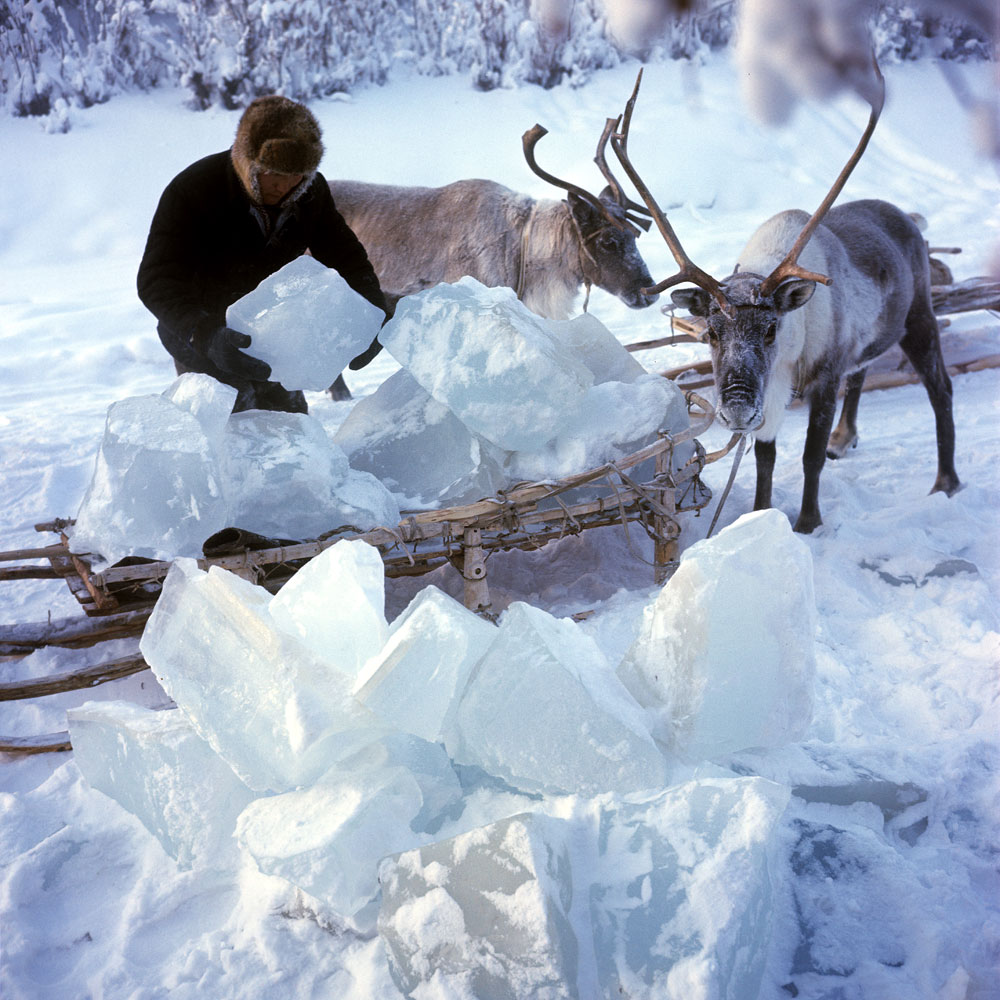
All Soviet projects on Arctic were seriously examined.
V. Yakovlev / RIA NovostiWhen the USSR conducted expeditions to the Arctic and the Arctic Ocean during the first half of the 20th century, Soviet scientists began proposing radical projects to “improve the climate.”
Among the first to propose getting rid of ice in the Arctic was Evgeny Gernet, Arctic Ice researcher and former officer in the Tsarist army. He published a brochure in Japan in 1930 in which he said the ice of the Arctic Ocean was not permanent and, if it were to be melted, the climate of the Miocene Epoch (about 23 to 5.3 million years ago) would return to Eurasia. During that period, the shores of Scandinavia were lined with cypress and magnolia trees.
Inspired by Gernet's ideas, Mikhail Budyko, author of the energy balance model, which formed the foundation for modern views on the greenhouse effect, proposed in the 1950s to soften the Arctic's climate by spraying the area with a subtle layer of soot. Absorbing the sunlight, the coal particles would have helped melt all the ice.
The geographer Petr Borisov in 1959 also thought of a solution to “improve the climate.” His idea was more radical and called for diverting the warm waters of the Gulf Stream onto the surface of the Arctic Ocean. He suggested blocking the Bering Strait with a dam equipped with huge screw pumps that would pump 500,000 cubic metres of water out into the Pacific Ocean from the colder and fresher top level of water, and replacing them with a warmer level of saltier water from the Gulf Stream.
“We will not recognize the northern hemisphere of our planet,” Borisov wrote in his proposal. “Siberia will have the climate of central Ukraine.”
Why it didn't work
Igor Ashik, Director of the Department of Oceanology at the Arctic and Antarctic National Research Institute in St. Petersburg, said all the projects were seriously examined and, in certain conditions, could have been realized.
“I once worked in Tiksi (a little town on the shores of the Laptev Sea in Yakutia) where I would read reports from the 1950s about local experiments to blacken the ice, not in big areas, but only in fairways. The experiments were recognized as ineffective since the ice melted, but not completely, and substantial costs were incurred,” recalls Ashik.
Among the projects were those that everyone knew could not be realized. A project conceived by Estonian engineer Evgeny Pastors in 1966 proposed to tug the ice cover to the south using ships. “If you send 20-25 powerful ships into the central Arctic, turn a part of them towards the strait in the Atlantic Ocean and a part towards the Pacific Ocean, press them against the ice and pull… in half a year the ice cover from the Arctic Ocean will disappear,” he wrote.
Ashik explains that the main reason the Arctic ice was never melted was that the issue was irrelevant. There was never a state order for the projects. The chilling ideas were conceived by the scientists themselves.
Materials from a report on Populyarnaya Mekhanika magazine were used in this article.
All rights reserved by Rossiyskaya Gazeta.
Subscribe
to our newsletter!
Get the week's best stories straight to your inbox